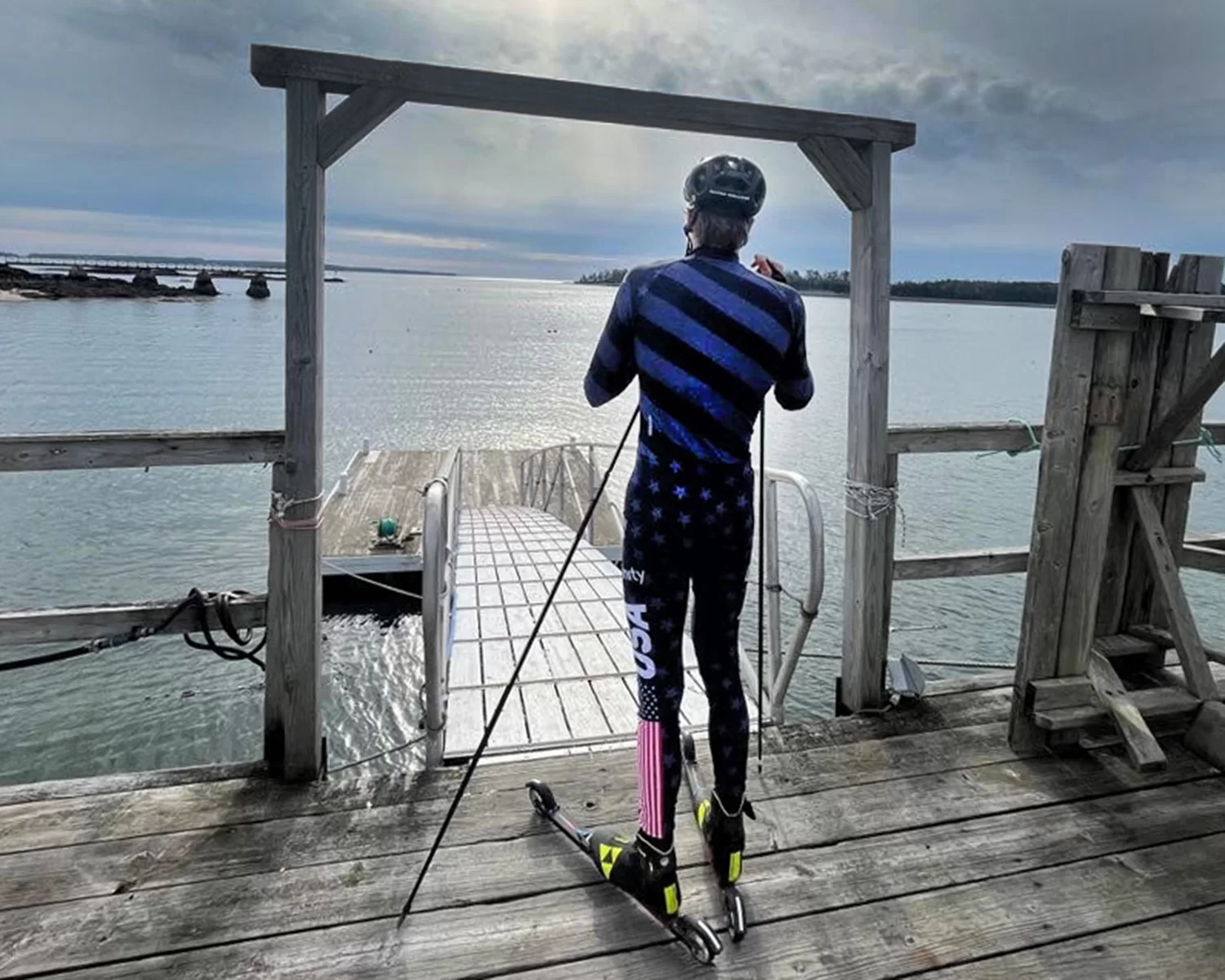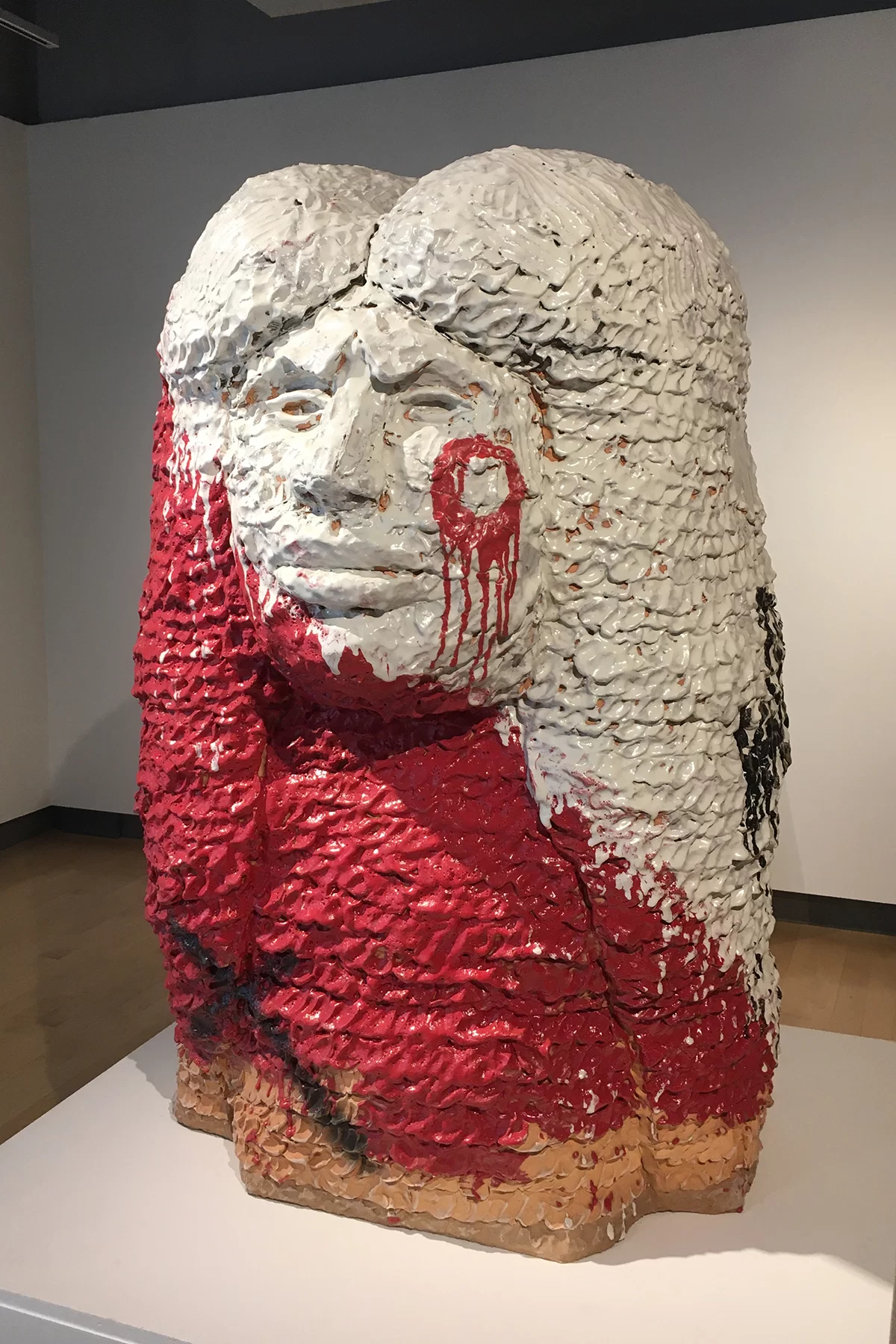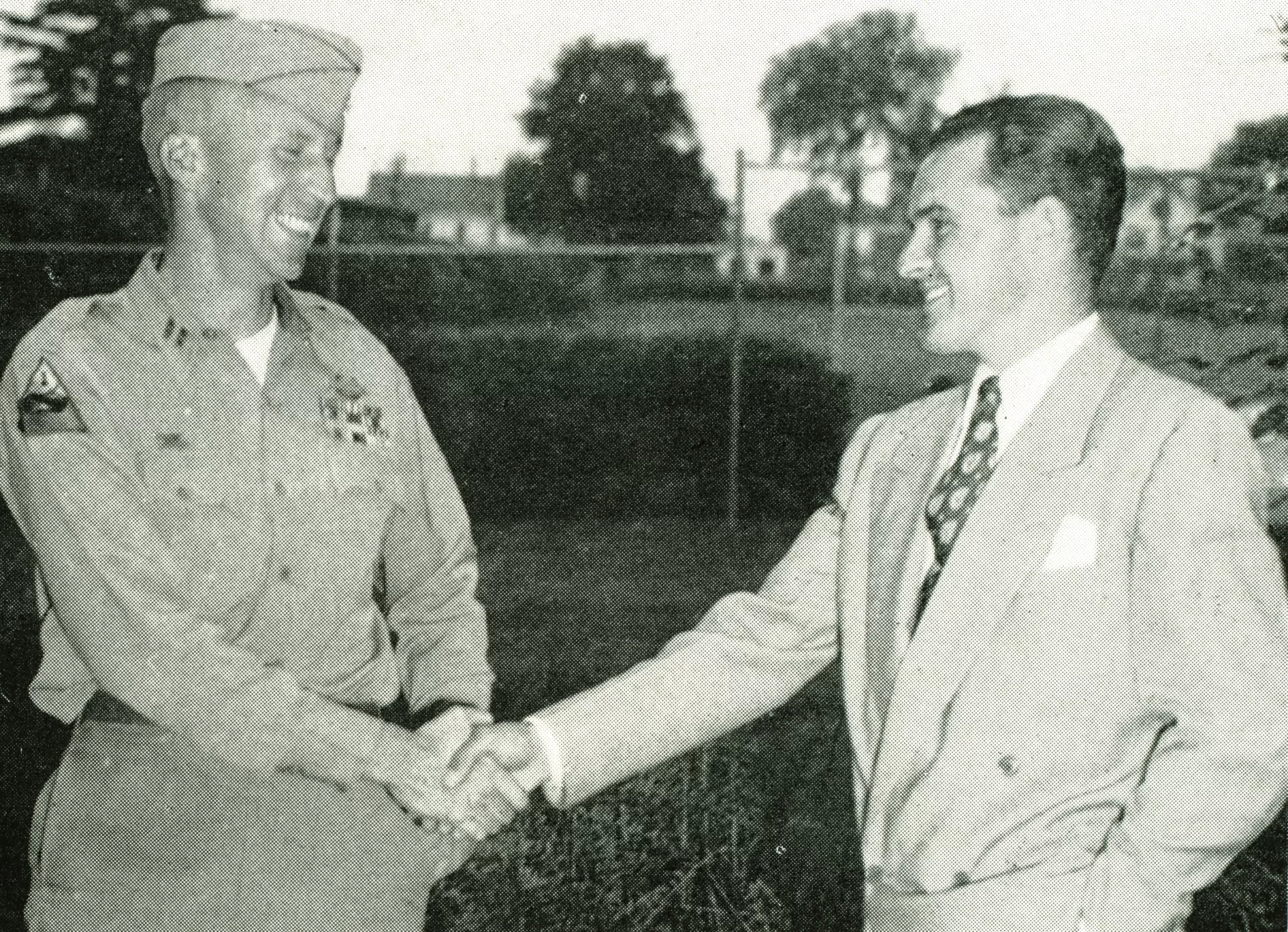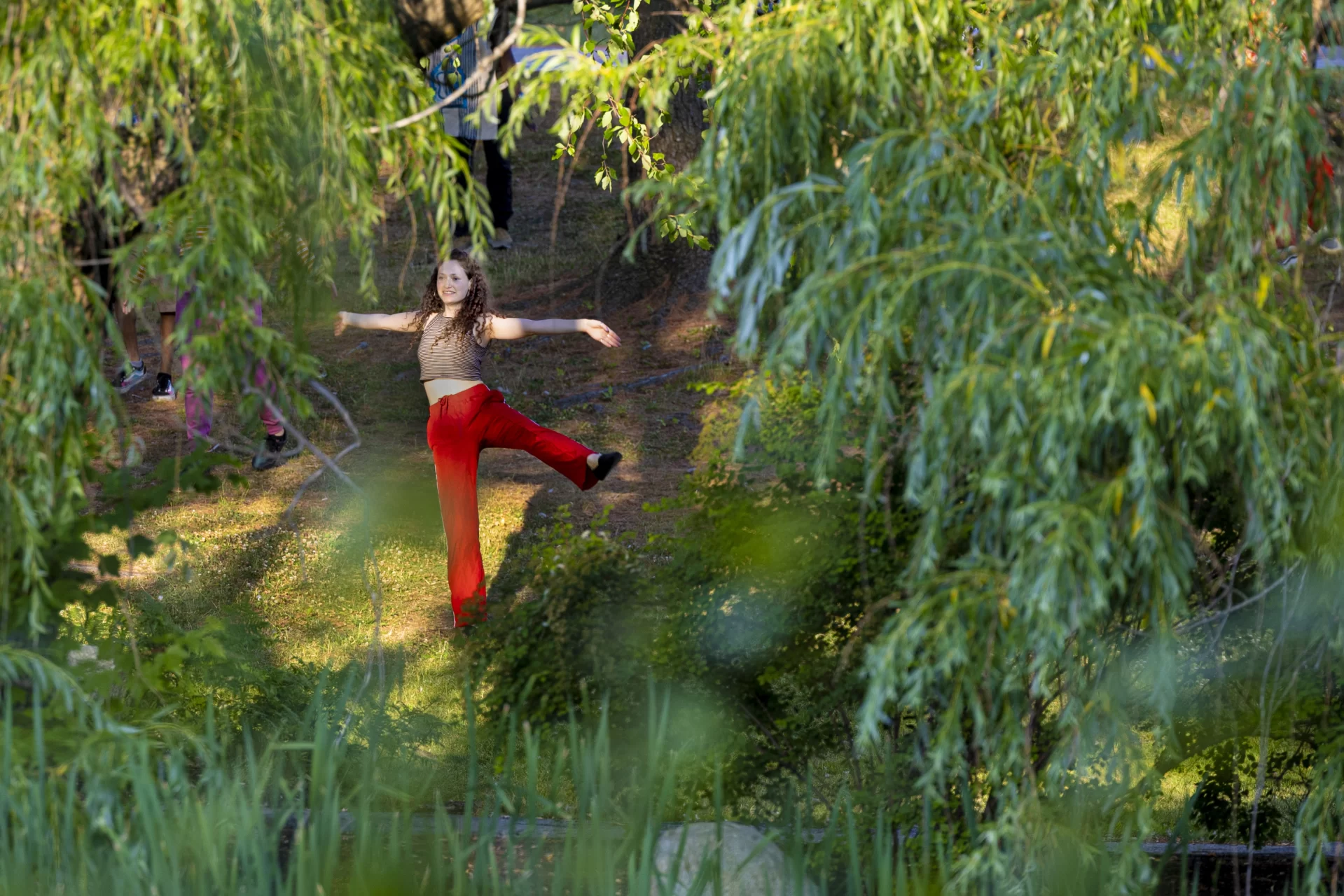
A selection of recent mentions of Bates and Bates people in the news.
Bates Dining Services
Heaven scent: Holiday aromas emanate from Bates College’s tourtières —Maine Sunday Telegram
In a Maine Sunday Telegram story about a beloved campus tradition, Tim Cebula wrote how Bates people “know Christmas is coming when the aroma of fragrant French Canadian tourtières — savory meat and potato pies with warm seasonings like clove and allspice — come wafting out of the dining commons kitchen.”
Each year, Dining Services chefs make about 125 holiday tourtières to freeze and sell at cost ($12 for a 9-inch meat pie this year) to the campus community. The Bates tradition dates back close to 50 years, wrote Cebula.
Cebula noted that “Lewiston is a city rich with French Canadian heritage and influence. Plenty of Bates staffers who grew up in the area were raised with generational meat pie traditions in their own families. They know their tourtières, and the Bates version gets their enthusiastic stamp of approval.”
Emily Walsh ’24
Bates College students show up in droves to give back to Lewiston community, following mass shooting — New Center Maine
Darby Ray, director of the Harward Center for Community Partnerships, and Emily Walsh ’24 of Cambridge, Mass., spoke with WCSH-TV about how students have become more involved in volunteer work in Lewiston following the Oct. 25 shootings in the city.
The Harward Center helped create partnerships with local organizations to connect the students with volunteering opportunities, something Walsh said she admired when applying to Bates. “I did a lot of community-engaged work in high school and I was looking for a college that kind of also had those values.
Wyatt Teaford ’27
Waiting for snow — FasterSkier
In an essay for FasterSkier, Wyatt Teaford ’27, a first-year member of the Bates Nordic ski team, described what it’s like being a skier in the Northeast and feeling impatient for the first skiable snowfall.
“When we were kids, we waited impatiently for everything: for Christmas, for birthdays, for dessert, for recess, and for the first snowy day of winter,” he wrote.
“In the adulthood of Nordic skiing, the first snowy day is still the source of immense anticipation,” comparing the feeling to the woodland creature Badger’s impatience for winter in the children’s picture book Waiting for Snow.

In mid-November, college skiers out West had already skied on snow. Meanwhile, Teaford and his Bates teammates headed to Acadia National Park for some productive dry-land training.
True, the park is “one of the most beautiful places in the East, but it reminded many team members of the serious inequality present in the ski world when it comes to time on snow.”
Bates College Museum of Art
Art review: Range of Indigenous art on display at Maine colleges — Portland Press Herald
“The depth of this exhibition is hard to capture,” wrote Jorge Arango in the Portland Press Herald, reviewing Exploding Native Inevitable at the Bates Museum of Art through March 4.
The exhibition features the work of 12 contemporary Indigenous artists and two collaboratives, accompanied by an ongoing program of dance, film, music, performance, readings, story-telling, and video by Indigenous artists.

“Aside from mesmerizing works (including Robert Mirabal’s hypnotic, trance-inducing musical composition ‘The Society,’ Michael Namingha’s chromogenic print Altered Landscape 15 and Cara Romero’s fiercely beautiful photographic portrait of her niece Crickett), the exhibition is thoroughly researched and full of valuable information. The latter provides indispensable context for understanding the legacy of Indigenous art and its sidelining throughout history.”
Bates Trashion Show
When there’s a guy on stilts who’s encased in cardboard, it must be the Bates College Trashion Show — 207
“My feet hurt. But I feel amazing,” said Miguel Angel Pacheco ’24 of Caracas, Venezuela, when he spoke about the annual Trashion Show with Rob Caldwell, host of the nightly news magazine show 207, produced by WCSH-TV in Portland.
High in the air on stilts, Pacheco modeled an outfit by designer Sloan Phillips ’25 of Evergreen, Colo., who wove together cardboard to create a giant dress.
Caldwell’s segment highlighted how the annual show is both silly and serious by “shining a light on the importance of sustainability” at Bates.
Paul Schofield
Opinion: Liberals shouldn’t scoff at people’s fears of homelessness and crime — The Washington Post
An opinion piece by Assistant Professor of Philosophy Paul Schofield in The Washington Post noted that liberals should not scoff when conservative news outlets and politicians appear to exaggerate the homeless situation across America.
Schofield writes that “as a political philosopher who studies homelessness and considers himself progressive” he found the homeless problem in San Francisco very real. Cherished public spaces cannot serve their high purpose — “for community, for democracy, and for bringing diverse populations together” — if they’re littered and if those struggling with mental health are left to harass others unimpeded.
Douglas Hodgkin
Androscoggin Historical Society opens its doors on Lisbon Street in Lewiston —Lewiston Sun Journal
The Androscoggin Historical Society opened in a new location on Lisbon Street in downtown Lewiston in November and longtime member Douglas Hodgkin, Bates professor emeritus of political science, told the Sun Journal he was joyful at the big move.
“I’m so pleased that the society has moved to a place where we can actually display much of our material” and people can come to see it easily, said Hodgkin, 84, whose ancestors settled in Lewiston in 1777 and has written extensively about the area’s history.
Stephanie Kelley-Romano
Lies about Lewiston shooting pushed by online skeptics — Lewiston Sun Journal
Stephanie Kelley-Romano, professor of rhetoric, film, and screen studies, told the Lewiston Sun Journal that most of the people who engage in disinformation and conspiracy thinking probably believe the lies they’re spreading.
What happens, she said, is that when terrible things happen, such as the Lewiston shootings, they “create some sort of horrific reasoning for it” so they can feel better “about literally the randomness of our lives.”
Kelley-Romano said QAnon and other internet sites that cater to conspiratorial thinking tell people to “do your own research” rather than believe what they’re told by the news media and politicians.
Eric Knight ’90 and Mark Kennedy ’90
32 days, one big wheel: Duo re-creates historic trans-Japan trip — The Japan Times
Cycling 1,500 kilometers from Nagasaki to Yokohama is a feat in itself — now imagine making the journey perched atop an old-fashioned “high-wheel” bike, with a huge front wheel nearly 1.5 meters above a tiny back one.

Vintage bicycle enthusiast Eric Knight ’90 shipped his high-wheeler — a replica of one with a 54-inch front wheel originally made by the Victor company — from his home in Berwyn, Pa., to Japan for the adventure, and he was joined by his former Bates roommate, Mark Kennedy ’90, who lives in Beppu, Oita Prefecture, riding an e-bike, carrying luggage, serving as Knight’s interpreter.
The adventure retraced the last leg of Thomas Stevens’ groundbreaking global bicycle tour in the 1880s. The duo departed from Nagasaki on Sep. 24 and completed the trip in 32 days.
Amy Keith ’99
Florida appeals court upholds congressional map championed by DeSantis — CNN
Amy Keith ‘99, executive director of Common Cause in Florida, is helping to lead a court fight against congressional redistricting in Florida. Supported by Gov. Ron DeSantis the redistricting is “controversial because of the way it dismantled a Black district,” according to Florida Politics.
“This decision blatantly ignores the will of Florida voters who — more than a decade ago — demanded Fair Districts that protect representation for communities of color,” she said.
Lewis Millett ’49
Veteran of the Day: U.S. Army veteran Lewis L. Millett — Aerotech News and Review
One of the most renowned members of the military Bates alumni community, Lewis Millett ’49 was named Aerotech News and Review’s Veteran of the Day on Nov. 15 for his “unique career in the military,” which spanned 35 years, from 1938 to 1973. Millett earned the Medal of Honor and the Silver Star, a Distinguished Service Cross, two Legions of Merit, three Bronze Stars, four Purple Hearts, and three Air Medals.
Millett is well-known to military historians for leading the U.S. military’s last major fixed-bayonet charge, in Korea in 1951. He died in November 2009 at the age of 88.

Ralph Sylvester ’50
World War II veteran Ralph Sylvester remembered for service to his country, Maine community — News Center Maine
News Center Maine’s Don Carrigan remembers the late Ralph Sylvester, a World War II veteran who died in November, as one of those people “who are memorable, simply because of how they lived, and how they treated others.”
In June 1944, Sylvester joined the invasion of Europe as part of the U.S. Army’s 295th Engineer Battalion. For much of the war, Sylvester and his comrades built bridges and cleared minefields on the way to Germany. “We would go ahead of the infantry many times,” Ralph recalled in a 2019 interview. “They would say, ‘Where are you going?’ ‘Oh, up the road a piece.'”
After the war, Sylvester worked for a bank, then a telephone company. After he retired, he and his wife of 70 years, Elaine, had breakfast at Bates almost daily. There, they became friends with Peter Steenstra, head coach of the Bates rowing team, which honored Sylvester earlier this year by naming the new rowing shell after Sylvester.
Linda Tilton Gibson ’87
Masters in Business: Linda Gibson on quant investing — Bloomberg
Linda Tilton Gibson ’87, chair and chief executive officer of PGIM Quantitative Solutions LLC, talked with Bloomberg about her work leading one of the pioneering firms of quant investing, an investment approach that relies on mathematical models and computational techniques in making investment decisions.
In the interview, Gibson, a Bates mathematics major, talked about managing people with extremely high IQs, which is typical for “quants.” “Our firm has 29 Ph.Ds. Our CIO is literally an ex-rocket scientist who used to work at NASA. These are very, very smart people. In managing them, you definitely have to adapt your style,” Gibson said.
She added that “we need very smart people, but EQ is equally important as IQ. I lead, direct, and manage and then sort of push them — but then just leave them alone. I want to give them the resources that they need but also give the direction that they need.”




